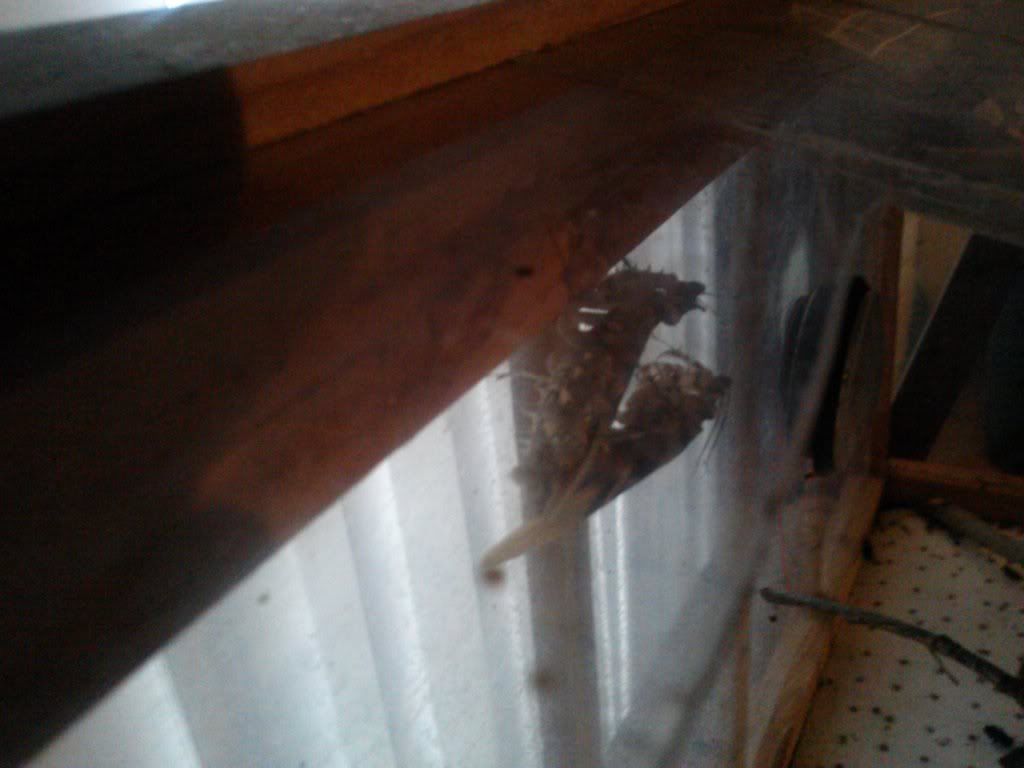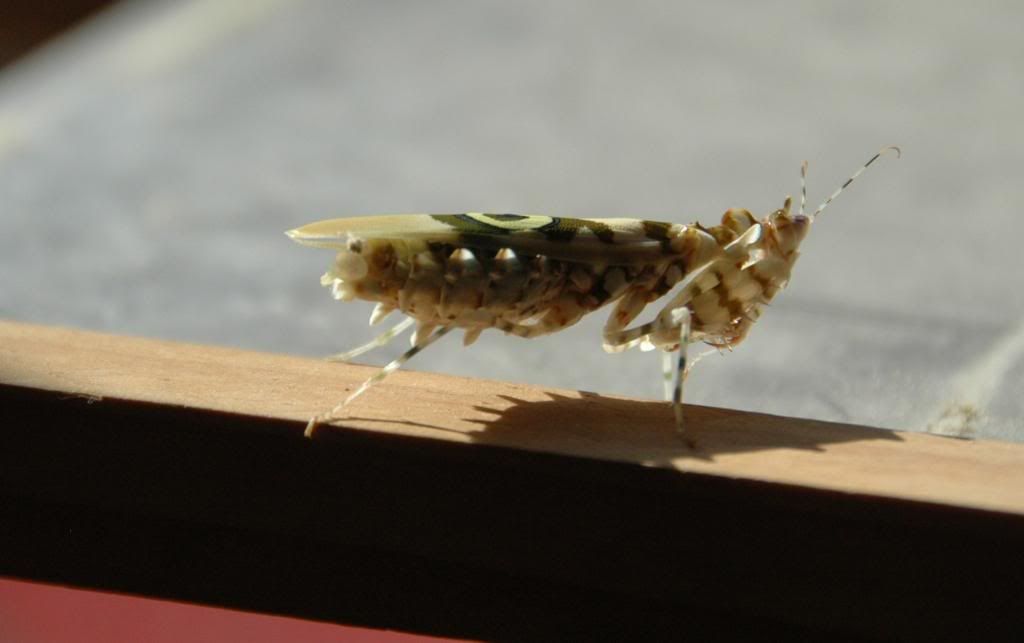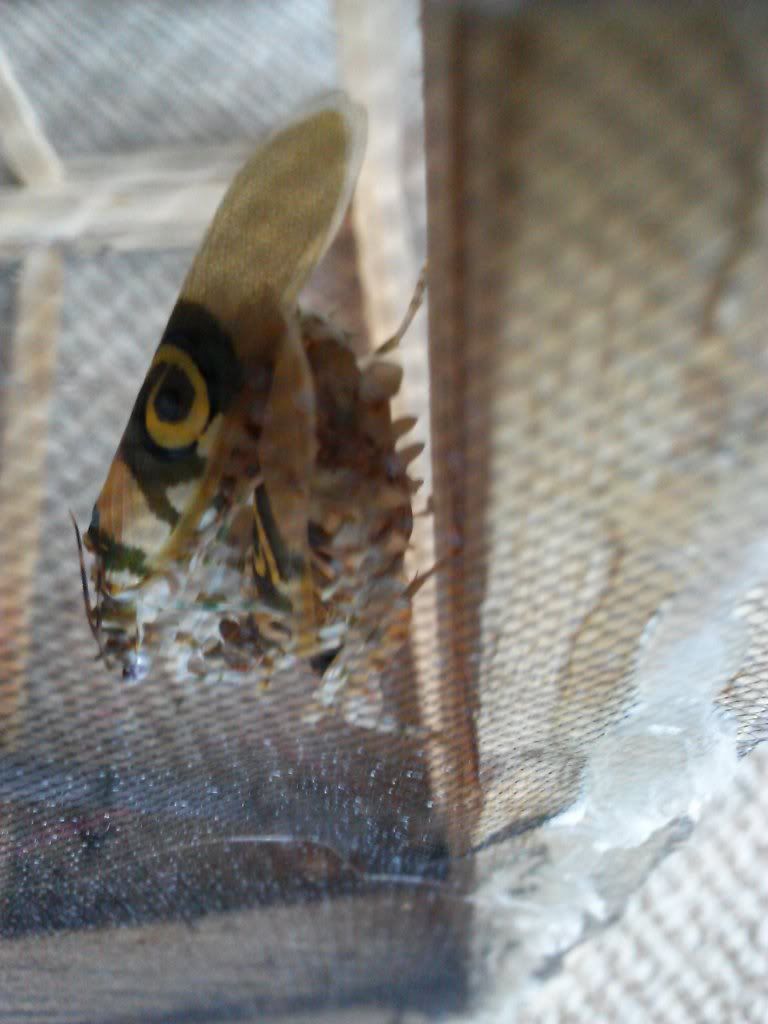Paradoxica
Well-known member
My first pair of Wallies just molted to adult overnight  I'm so stoked.
I'm so stoked.

Looking at the care sheet though, there are some major holes in the info. How long should I wait to try to mate these guys? Also I had heard that the males need to be slowed down, but the male that molted to adult was the only one that I didn't try to slow down. Any insight is appreciated.

Looking at the care sheet though, there are some major holes in the info. How long should I wait to try to mate these guys? Also I had heard that the males need to be slowed down, but the male that molted to adult was the only one that I didn't try to slow down. Any insight is appreciated.















































